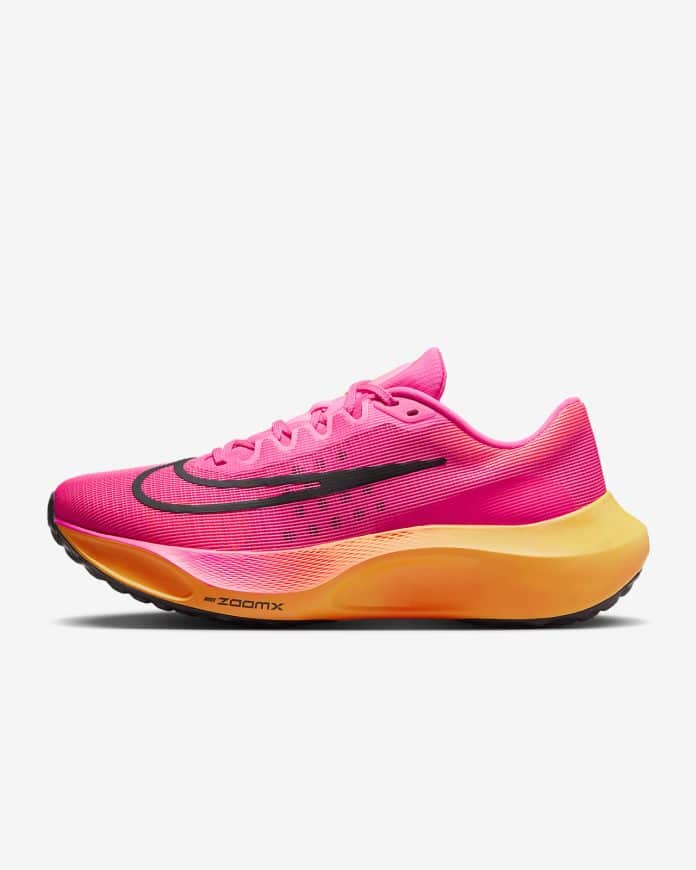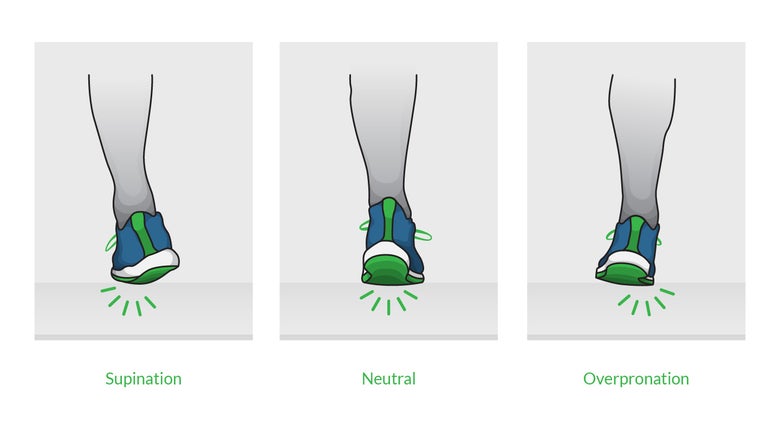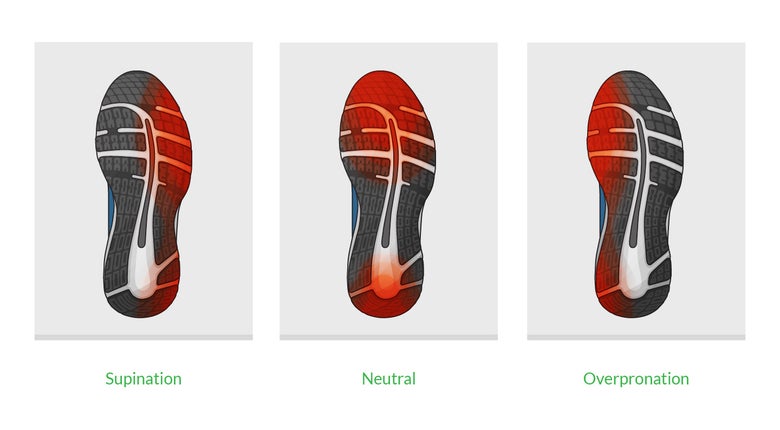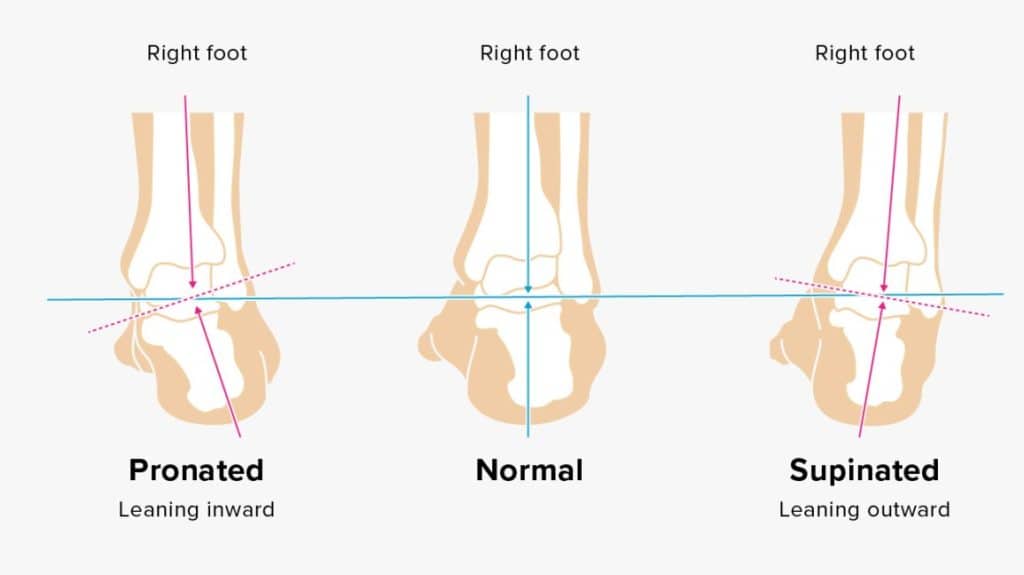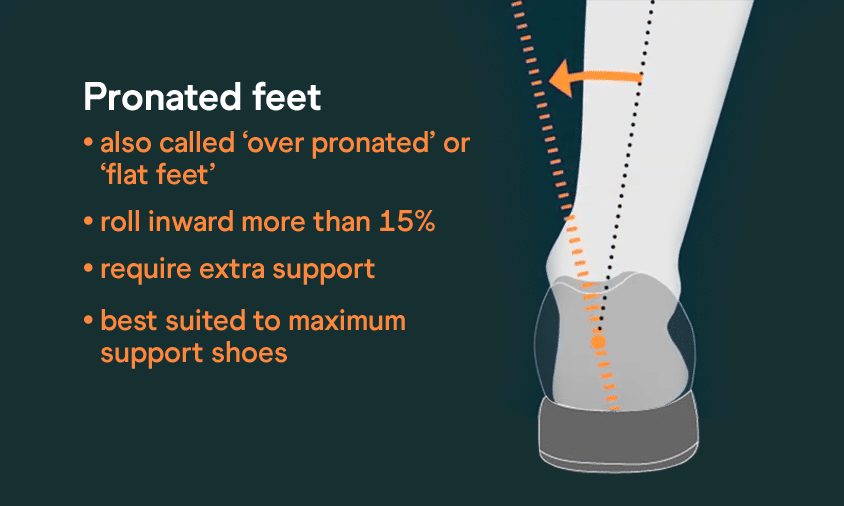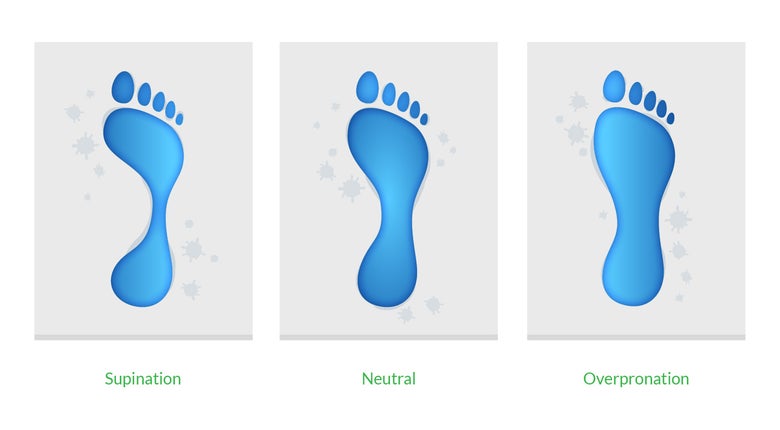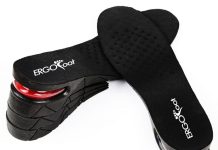Running shoes are essential to every runner’s gear, but have you ever wondered what sets neutral and pronation running shoes apart?
Understanding the difference is essential, as choosing the right shoe can significantly impact your running experience and help prevent injuries.
In this article, we’ll explore the contrasting features of neutral and pronation running shoes, giving you the knowledge you need to make an informed decision and find the perfect fit for your feet.
So, lace up your shoes and dive into running footwear!
Understanding Running Shoe Categories
When choosing the right running shoes, it’s essential to understand the different categories available. Two of the most common categories are neutral and pronation running shoes. These categories are based on how your foot strikes the ground when you run, and they play a crucial role in providing the proper support and stability for your feet.
Neutral Running Shoes
Neutral running shoes are designed for runners who have a neutral pronation. Pronation refers to the foot’s natural inward roll as it lands on the ground. If you have a neutral pronation, your foot rolls inward slightly, absorbing shock and distributing weight evenly. Neutral running shoes are built to provide a good balance of cushioning and stability without overcorrecting your natural foot motion.
Characteristics of Neutral Running Shoes
Neutral running shoes typically have a medium level of cushioning and support. They have a neutral heel-to-toe drop, meaning the height difference between the heel and toe is minimal. This promotes a more natural and efficient running gait. The outsole of neutral running shoes tends to have a flexible and smooth design, allowing a smooth transition from heel to toe. Additionally, neutral running shoes often have a wide toe box to accommodate natural foot splay during the running motion.
Benefits of Neutral Running Shoes
One of the critical benefits of neutral running shoes is their versatility. These shoes suit many runners, from beginners to experienced athletes. They provide cushioning and support without interfering with the natural movement of your foot. Neutral running shoes are often lightweight, enhancing your running efficiency and speed. They can also help reduce the risk of developing common running injuries, as they offer good shock absorption.
Who Should Wear Neutral Running Shoes?
If you have a neutral pronation, neutral running shoes are likely your best choice. However, it’s important to note that determining your foot type requires a professional analysis. Getting a gait analysis done at a specialized running store or consulting with a podiatrist can help determine whether you have a neutral pronation. If you have a high arch, a neutral pronation is more common. Additionally, if you have never experienced any running-related injuries or discomfort, neutral running shoes may suit you.
Pronation Running Shoes
Pronation running shoes, on the other hand, are specifically designed for runners who overpronate. Overpronation occurs when the foot excessively rolls inward when landing, placing additional stress on the arch and ankle. Pronation running shoes provide extra support and stability to help counteract this excessive inward rolling motion.
Characteristics of Pronation Running Shoes
Pronation running shoes have features that help control excessive pronation. They typically have a firmer midsole to provide additional support and stability. The heel-to-toe drop of pronation running shoes is often higher than that of neutral running shoes, with a higher heel to help correct the foot’s inward rolling motion. These shoes often have a structured cushioning system to absorb the impact of running and prevent overpronation. Additionally, pronation running shoes may have additional support features on the medial (inner) side of the shoe to help limit pronation.
Benefits of Pronation Running Shoes
The main benefit of wearing pronation running shoes is that they can help correct and reduce the risk of injuries caused by excessive pronation. These shoes help properly align your foot and ankle, reducing stress on your arch and ankle joints by providing the necessary support and stability. Pronation running shoes can also improve overall running efficiency by promoting a more natural and fluid foot strike. Additionally, they can help reduce discomfort and pain associated with overpronation, such as shin splints, plantar fasciitis, and knee pain.
Who Should Wear Pronation Running Shoes?
If you have been diagnosed with overpronation or have experienced recurring running-related injuries associated with overpronation, pronation running shoes are likely the best choice for you. However, it’s essential to consult with a professional, such as a podiatrist or a specialist at a running store, to determine if you require such shoes properly. They can analyze your gait and foot structure to make an accurate recommendation.
Choosing the Right Running Shoe for You
Choosing the right running shoe is a personal decision that depends on various factors, such as your foot type, running style, and personal preferences. If you have a neutral pronation and don’t experience any running-related injuries or discomfort, neutral running shoes are a good option. On the other hand, if you overpronate or have been diagnosed with specific foot conditions, pronation running shoes will provide the necessary support and stability.
When shopping for running shoes, you should visit a specialized running store where knowledgeable staff can assess your gait and guide you in finding the right shoe for your needs. Trying on different models and brands can help you determine the most comfortable fit and style for your feet.
Remember, investing in a quality pair of running shoes that suit your running style and foot type can significantly enhance your running experience and help prevent injuries in the long run. So lace up your shoes, hit the road, and enjoy your runs with the right pair of shoes!

